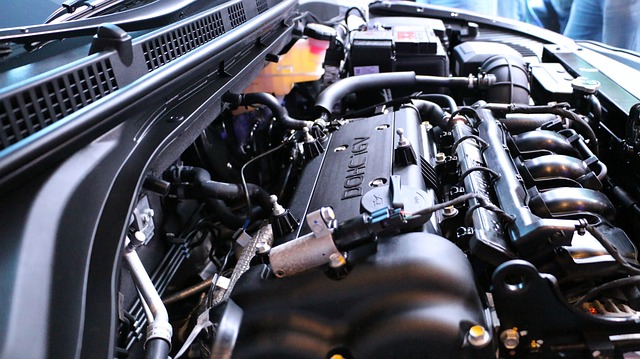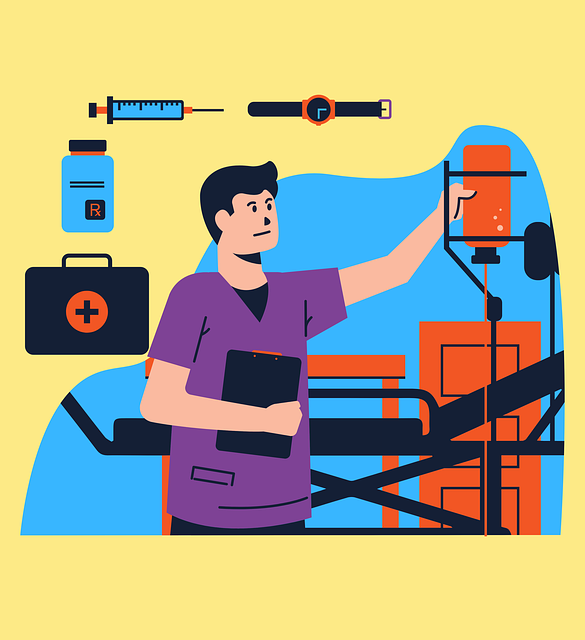Telematics technology is transforming car insurance by using real-time driving data to create personalized policies. GPS and behavior analyzers track speed, acceleration, and stopping patterns, enabling insurers to accurately assess risk levels and set tailored premiums. This approach rewards safe drivers with lower costs and encourages responsible behavior, fostering a culture of safer motoring. Insurers benefit from precise risk assessment and competitive rates, while drivers gain transparency into their risk profiles and potential savings.
The evolving landscape of car insurance is being reshaped by telematics technology, offering a personalized approach to risk assessment and pricing. This innovative system leverages real-time data on driving behavior to create tailored insurance premiums, marking a significant departure from traditional, one-size-fits-all policies. By incentivizing safer driving habits, telematics promises to make auto insurance more accurate and accessible. The following article explores the rise of telematics, its underlying mechanisms, and its profound implications for both insurers and drivers, as we peer into the future of this dynamic industry.
- The Rise of Telematics: Unlocking Personalized Car Insurance
- How Telematics Works: Tracking Driving Behavior in Real-Time
- Benefits of Data-Driven Pricing for Insurers and Drivers
- Accurate Risk Assessment: Say Goodbye to One-Size-Fits-All Policies
- Safety Incentives: Encouraging Safer Driving Through Telematics
- The Future of Auto Insurance: Trends and Predictions
The Rise of Telematics: Unlocking Personalized Car Insurance

The rise of telematics technology is unlocking a new era of personalized car insurance. By capturing real-time data on driving behavior, insurers can now assess risk more accurately and offer tailored premiums. This shift from one-size-fits-all policies to individualized coverage is a game-changer in the auto insurance industry.
Telematics devices, such as GPS trackers and driving behavior analyzers, collect information like driving speed, acceleration, and stopping patterns. This data allows insurers to create profiles that reflect individual risk levels more accurately than traditional methods. As a result, drivers who exhibit safer driving habits can expect lower premiums, while those with risky behaviors may face higher rates. This personalized approach not only incentivizes responsible driving but also ensures that insurance costs are fairer and more reflective of actual risk.
How Telematics Works: Tracking Driving Behavior in Real-Time

Telematics-based car insurance works by tracking driving behavior in real-time. Sensors and devices installed in vehicles collect data on various aspects of driving, such as speed, acceleration, braking patterns, and even vehicle location. This information is then transmitted to insurers, who use advanced analytics to process and interpret the data. By analyzing this real-time data, insurers can accurately assess individual risk profiles and tailor insurance premiums accordingly. Unlike traditional methods that rely on static factors like age, driving history, and location, telematics offers a dynamic approach that reflects an individual’s actual driving habits and behaviors.
Benefits of Data-Driven Pricing for Insurers and Drivers

Insurers stand to gain significant benefits from data-driven pricing. By accessing real-time driving data, they can accurately assess risk profiles and tailor premiums accordingly. This precision allows insurers to attract safer drivers with competitive rates while also incentivizing existing customers to adopt safer driving habits. For drivers, this means more personalized insurance plans that reflect their individual behaviors, leading to savings on premiums. Additionally, the transparency of telematics data empowers drivers to understand their risk profile and make informed decisions to improve their driving habits.
Accurate Risk Assessment: Say Goodbye to One-Size-Fits-All Policies

Thanks to telematics, insurance companies can now assess risk far more accurately than traditional methods allow. By tracking driving habits in real-time – things like speed, acceleration, and braking patterns – insurers can offer tailored policies that perfectly match individual risks. This means drivers who exhibit safer behavior will be rewarded with lower premiums, while those who engage in risky driving practices will face higher costs, encouraging everyone to hit the road more responsibly.
Safety Incentives: Encouraging Safer Driving Through Telematics

Telematics-based car insurance offers a powerful safety incentive by encouraging drivers to adopt safer behaviors on the road. By monitoring driving habits in real time, insurers can reward drivers with lower premiums who demonstrate responsible and careful driving. This incentive mechanism works through data collection, where telematics devices installed in vehicles track various parameters such as speed, acceleration, braking patterns, and time of driving. Drivers who maintain a safe and consistent driving profile are recognized by the system and rewarded with personalized rate adjustments.
This approach not only promotes safer driving practices but also helps reduce insurance costs for those who drive conservatively. As a result, telematics fosters a culture of responsible motoring, where drivers are incentivized to prioritize safety above all else while behind the wheel.
The Future of Auto Insurance: Trends and Predictions

The future of auto insurance is poised for significant transformation driven by technological advancements. Key trends suggest a growing reliance on telematics and data analytics to refine risk assessment and pricing models. Insurers will leverage real-time driving data, including speed, acceleration, and cornering patterns, to offer tailored policies that reward safe drivers with lower premiums. This personalized approach not only promotes responsible driving but also fosters trust between insurers and policyholders.
Furthermore, the integration of artificial intelligence (AI) and machine learning algorithms promises even more precise predictions of accident risks. These technologies can analyze vast datasets to identify patterns overlooked by traditional methods, enabling insurers to adapt policies dynamically based on individual behaviors and environmental factors. As a result, the auto insurance industry is set to become more dynamic, responsive, and fair, aligning with the evolving digital landscape.
Telematics-based car insurance is transforming the way we think about motor coverage. By harnessing real-time data on driving behavior, insurers can offer tailored premiums that accurately reflect individual risk profiles. This innovative approach not only promotes safer driving but also ensures fairer pricing for drivers. As technology advances, telematics will undoubtedly continue to shape and improve auto insurance practices in the future.



